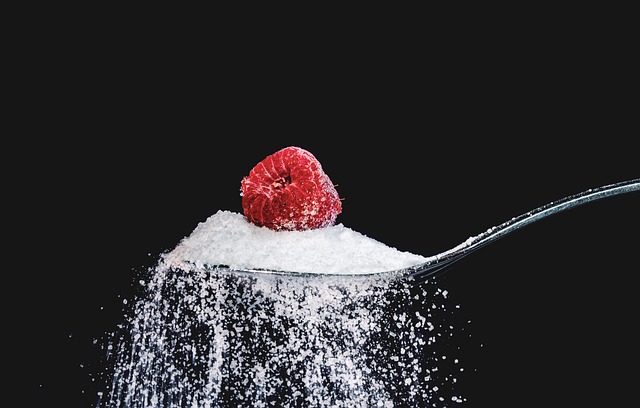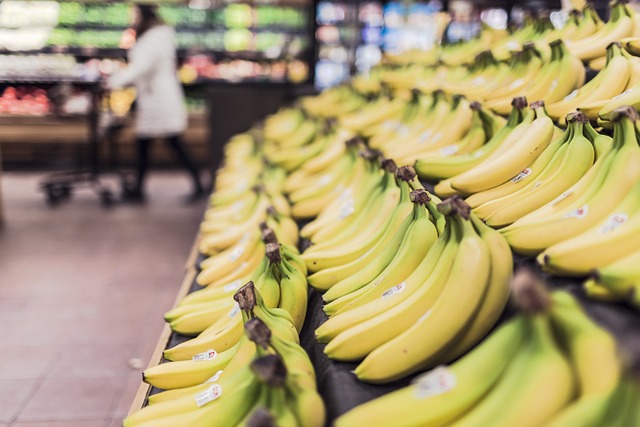A Beginner’s Guide to Fermentation: How to Make Your Own Probiotic Foods at Home
Welcome to the beginner’s guide to fermentation! Fermentation is the process of using micro-organisms such as bacteria or yeast to break down organic substances, such as sugars. This process is often used to create fermented foods, which have a range of health benefits for humans. In particular, fermented foods are a great source of probiotics, which can improve digestion, boost the immune system, and even help to prevent certain diseases. In this article, we will be discussing how to make your own probiotic foods at home.
Why is fermentation good for you?
Fermentation has a range of health benefits, including:
- Probiotics: Fermented foods such as kimchi, sauerkraut, and kefir contain living cultures of good bacteria, which can help to improve digestion and support the immune system.
- Vitamins: The fermentation process can increase the availability of vitamins in food, such as vitamin C and the B vitamins.
- Minerals: Fermented foods have increased levels of minerals such as iron, calcium, and magnesium, which are important for overall health.
- Enzymes: Fermented foods contain enzymes that help to break down food and make it easier to digest.
Getting started with fermenting
Before you start fermenting at home, there are a few things you should consider:
- Sanitation: Fermenting requires a sterile environment in which the bacteria can thrive. Make sure all your utensils and containers are clean and sterilized before use.
- Airtight containers: Fermenting requires anaerobic conditions, meaning that your containers must be airtight to prevent oxygen from entering.
- Temperature: Different fermenting processes require different temperatures. For instance, kombucha requires a warm environment, while sauerkraut can be made at room temperature.
Popular fermented foods
There are many types of fermented foods you can make at home, but some of the most popular include:
- Kimchi: A spicy Korean dish made from fermented cabbage, radish, and other vegetables.
- Sauerkraut: A German dish made from shredded cabbage that has been fermented with salt.
- Kombucha: A fermented tea drink that has become popular in recent years due to its health benefits.
- Kefir: A fermented milk drink that is similar to yogurt, but with a thinner consistency.
Recipe for sauerkraut
Sauerkraut is an excellent beginner’s ferment because it is easy to make and requires very few ingredients. Here is a simple recipe:
- Shred one medium-sized cabbage and place it in a large bowl. Add 1 tablespoon of salt and massage the cabbage with your hands until it starts to release water.
- Transfer the cabbage to a sterilized jar and press it down as tightly as possible. Make sure the cabbage is covered in its own liquid.
- Seal the jar with an airtight lid and leave it at room temperature for 3-10 days, depending on how sour you like your sauerkraut.
- After a few days, you should notice small bubbles forming. This is a sign that fermentation is taking place.
- Once the sauerkraut is ready, transfer it to the fridge to slow down the fermentation process.
- Enjoy your homemade sauerkraut!
Conclusion
Fermented foods are a great way to introduce probiotics and other health benefits into your diet. With a little bit of practice, fermenting can be easy and enjoyable. Try out this simple sauerkraut recipe to get started, and experiment with other types of fermentation to find what works best for you.







